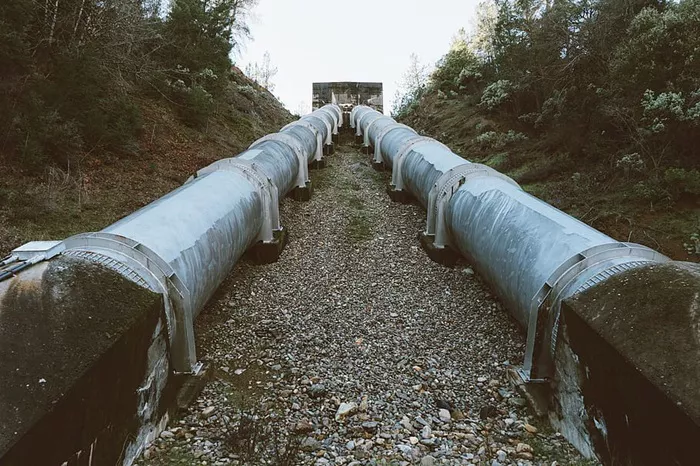The Matterhorn natural gas pipeline in Texas has initiated the transport of limited quantities of gas from the Permian Basin in West Texas towards the Gulf Coast, according to recent disclosures by energy executives at Permian Resources (NYSE). Currently under construction, the Matterhorn pipeline is designed to address the surplus of gas trapped in the Permian Basin, which has led to negative pricing at the Waha Hub in West Texas. Executives from Permian Resources anticipate that the pipeline’s operation will stabilize Waha gas prices into positive territory as it begins to carry larger volumes of gas.
Permian Resources executives have commented, “Spot Waha has not been a fun place to sell gas over the past few months. We would like to sell gas at more than zero.” The 490-mile (789-km) pipeline, expected to be operational by the third quarter of 2024, will have the capacity to transport up to 2.5 billion cubic feet per day (bcfd) of gas from the Permian Basin to the Gulf Coast.
Maria Paz Urdaneta, a commodities analyst at East Daley Analytics, noted that the start-up of the Matterhorn Express will redirect Permian natural gas to South Texas, temporarily shifting market leverage from pipelines to shippers. The pipeline is also expected to ease the pressure on Permian gas prices caused by the current bottleneck in gas takeaway capacity. The region’s pipelines have been operating at full capacity since spring, leading to several instances of negative spot prices. This week, Waha prices fell to negative $1.23/MMBtu, partly due to ongoing maintenance on Kinder Morgan’s (NYSE) El Paso system.
Urdaneta further indicated that the initial gas flows through Matterhorn will mainly replace gas transported via northbound pipelines to the Midcontinent, such as Kinder Morgan’s Natural Gas Pipeline of America and Berkshire Hathaway’s Northern Natural Gas Pipeline. However, she cautioned that this relief might be temporary. Urdaneta projects that increased production by Permian Basin producers following the Matterhorn’s launch could lead to renewed takeaway constraints, potentially causing gas prices to turn negative again by the latter half of 2026.
Related topic:
Who Is The Largest Producer of Natural Gas?

